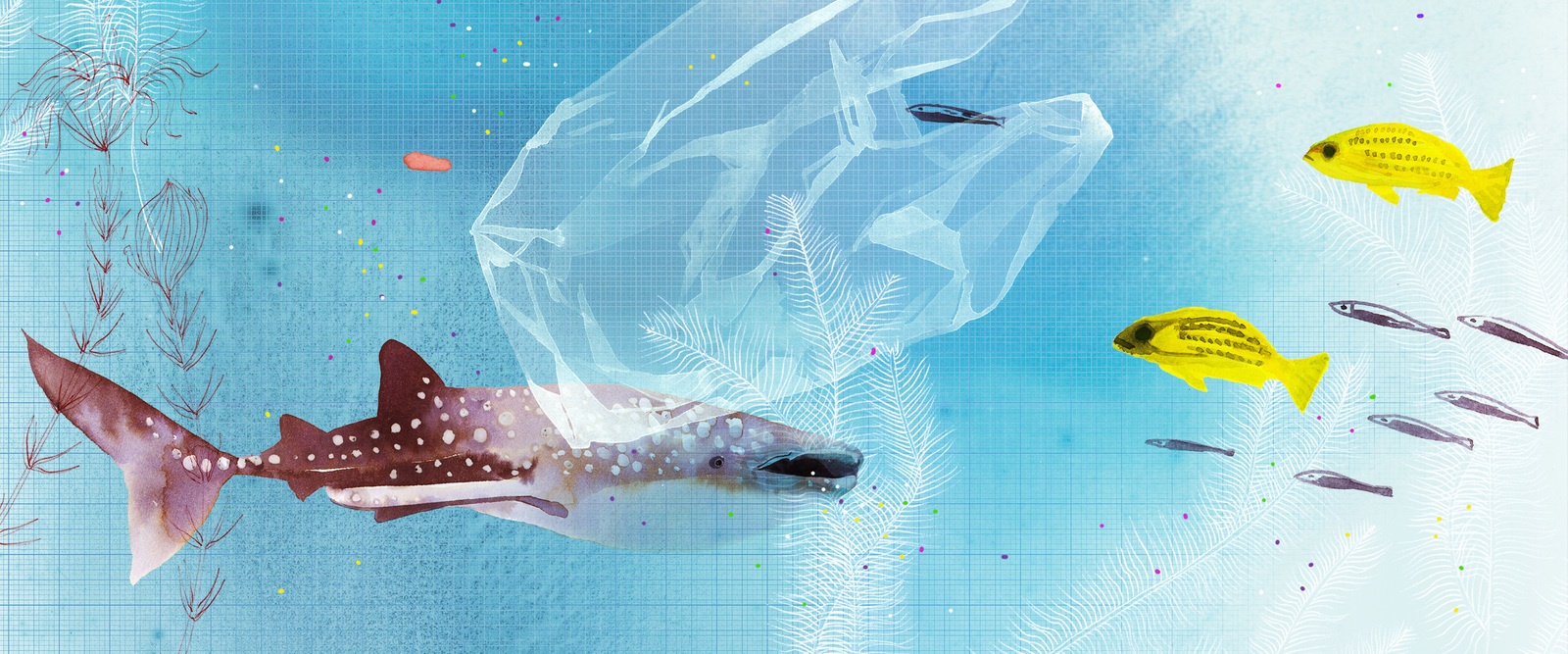Clean Water is the Basis of Life
Nowadays, the responsible use of resources is an important issue across society – from local municipalities and companies to private households. One of the most valuable raw materials is water. The aim here is to reduce consumption, treat and recycle waste water as much as possible and avoid contamination. One of the major challenges, both now and for the future, is microplastics. difference spoke to Leandra Hamann (Fraunhofer Institute for Environmental, Safety, and Energy Technology UMSICHT) about the opportunities of bionics and what washing machines can learn from caddis-fly larvae.


Where does your interest in water and microplastics come from?
For me it was a classic case of really enjoying biology at school. My father also makes nature documentaries, which leads to lots of interesting discussions at home. Water has also always been my element – I started diving and surfing at a young age and I love to swim. Studying biology in Cologne was therefore the logical consequence of my experiences up to then. But during my studies, I felt that I was missing the practical benefits of the subject. It is interesting to identify species, to know how they are related and how they function, and to do basic research. But I was really interested in the question of how we – and society – could build on that. So I switched to the subject of bionics where we also study animals, but with the intention of finding out what we can learn from them. When it came to looking for a topic for my master’s thesis, I stumbled across the issue of microplastics. It wasn’t as hot a topic in 2014 as it is today, but the Fraunhofer Institute offered me the opportunity to work on filtration solutions. I was particularly fascinated by the combination of bionics and this environmental problem.

What is the approach that you are pursuing?
In your opinion, how good are our chances of mastering the problem? Besides your own, do you know of any other approaches that seem promising?
It’s not an easy situation to judge. There are still many unanswered questions about microplastics and it is not yet possible to carry out a risk assessment. However, the fact remains that we must reduce the amount of plastic in the environment. It is an extremely complex problem – plastic is available all over the world and many parties are involved – so we must work together to get the situation under control. Consumers must understand that plastic is a recyclable material and act accordingly. Authorities must establish legal requirements that limit the use of certain materials and additives. Businesses must be proactive and use high-quality, durable and above all abrasion-resistant materials. And the scientific world must focus on researching topics such as bioplastics, recycling possibilities and filtration mechanisms. This brings us right back to bionics. In my opinion, we can learn a lot from nature – and not just about filters.



